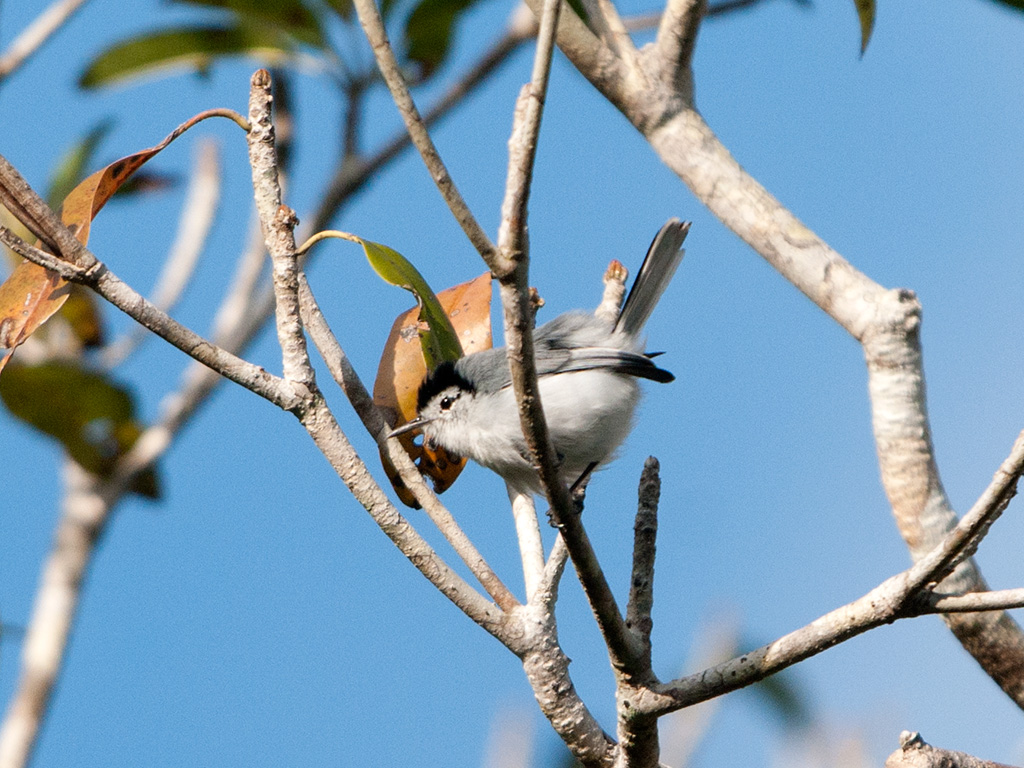
In the last several years we have seen many changes to the taxonomy of the birds of the world, and 2021 is no exception! This year the American Ornithological Society’s committee on Classification and Nomenclature of North and Middle American Birds (the NACC) published its new 62nd supplement.
Changes in taxonomy of birds are due in large part to new genetic data analysis resulting in certain species being lumped together or split from one another, changes often based on geographical differences in morphology, vocalizations or mtDNA. We now have these tools available to us that have allowed for an ongoing taxonomic re-correction process from corrections made in the first half of the 20th century. For those of us working in the field of avian ecology, change can be difficult, but I have often found myself adapting to these changes in the spirit of keeping up with the times!
A list of all the taxonomic changes for the Osa Conservation Area (ACOSA) can be found below. Five new changes have been made to include three genus changes for the Neotropic Cormorant, Striped Owl and Elegant Euphonia, and two splits for the Tropical Gnatcatcher and the Crested Caracara. The sequence of families in the order Passeriformes have also been reordered. See below for the changes and new names. The Tropical Gnatcatcher has a new name but it is the only new name you will have to get used to this year if you live or bird in ACOSA!
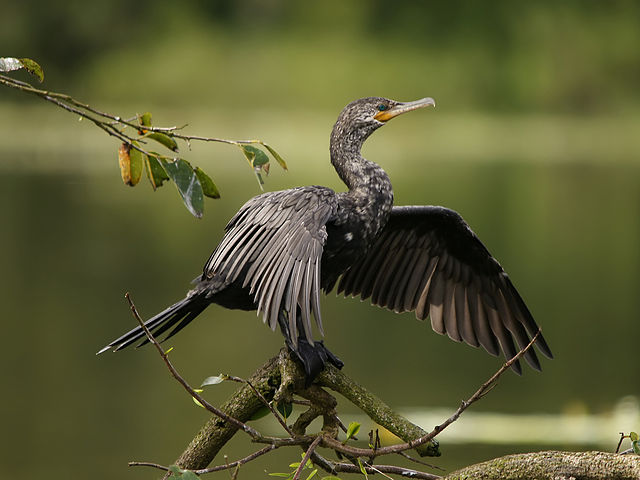
A New Genera for Cormorants
Neotropic Cormorant: (Phalacrocorax brasilianus) is now (Nannopterum brasilianum)
The genus Phalacrocorax has been split. While Phalacrocorax remains an old world genus, most of our new world cormorants are now placed in one of two new genera including the Neotropic Cormorant and the Double-crested Cormorant.
Neotropic Cormorant (Nannopterum brasilianum). ©Hans Hillewaert. Creative Commons.
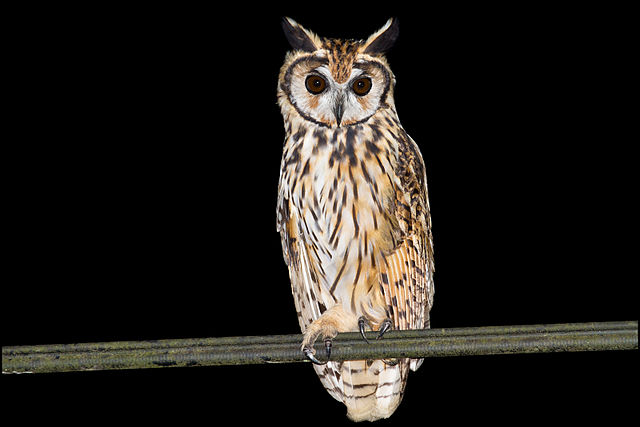
A New Genera for the Striped Owl
Striped Owl: (Pseudoscops clamator) is now (Asio clamator).
Pseudoscops has been absorbed into polyphyletic Asio.
Striped Owl (Asio clamator) ©Chris Jimenez. Creative Commons
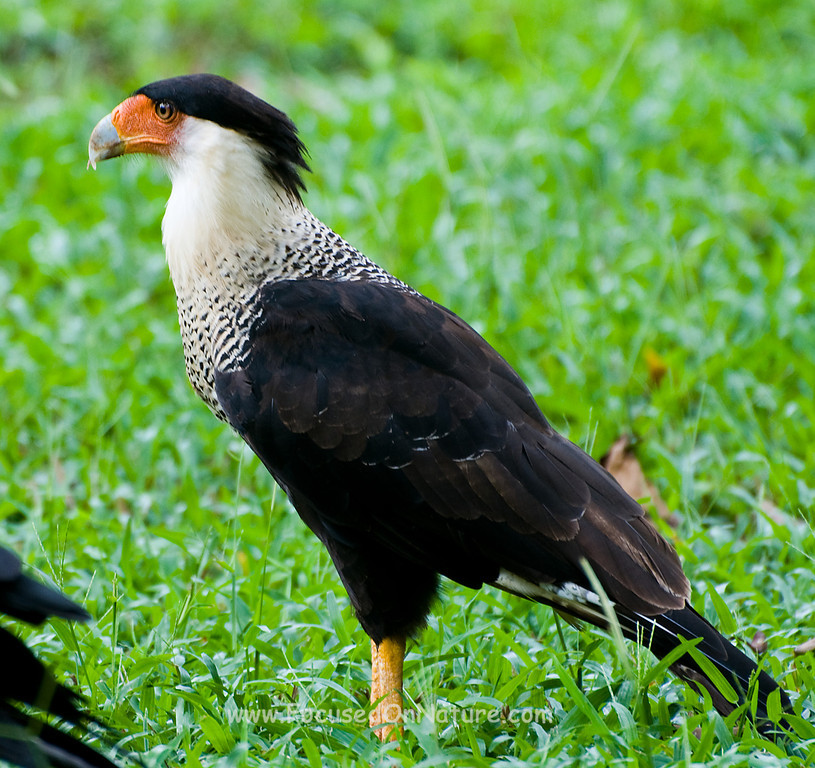
A Lump for the Crested Caracara
Crested Caracara (Caracara cheriway) is now (Caracara plancus).
The Northern Caracara cheriway and Southern Caracara plancus are lumped (again) as Crested Caracara (Caracara plancus). New evidence suggests that the white barring on the back of the Southern Caracara is not distinct enough to justify the separate species, and as both species have expanded their ranges in South American due to deforestation, they interbreed where their ranges overlap.
Crested Caracara (Caracara plancus) ©Alan Dahl. FocusedonNature.com
A Split for the Tropical Gnatcatcher: A New Genus and a New Name
Tropical Gnatcatcher (Polioptila plumbea) is now White-browed Gnatcatcher (Polioptila bilineata)
Tropical Gnatcatcher (Polioptila plumbea) is split into:
- Tropical Gnatcatcher (Polioptila plumbea) – South America down to the Amazon Basin east of the P. bilineata range.
- White-browed Gnatcatcher (Polioptila bilineata) – ranges from Mexico to the pacific slope of South America from Venezuela to Peru.
This split recognizes the distinctive plumage, vocalizations, and genetics of the White-browed Gnatcatcher that occurs in Central America and the drier habitats west of the Andes.
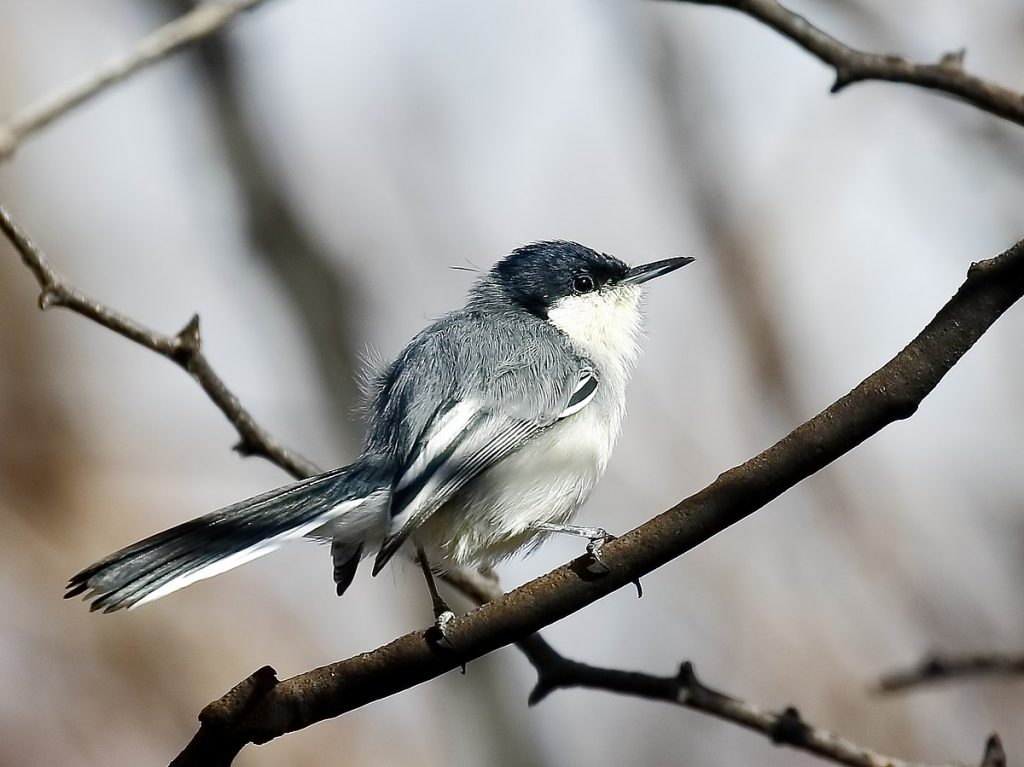
Tropical Gnatcatcher (Polioptila plumbea) ©Hector Bottai. Creative Commons
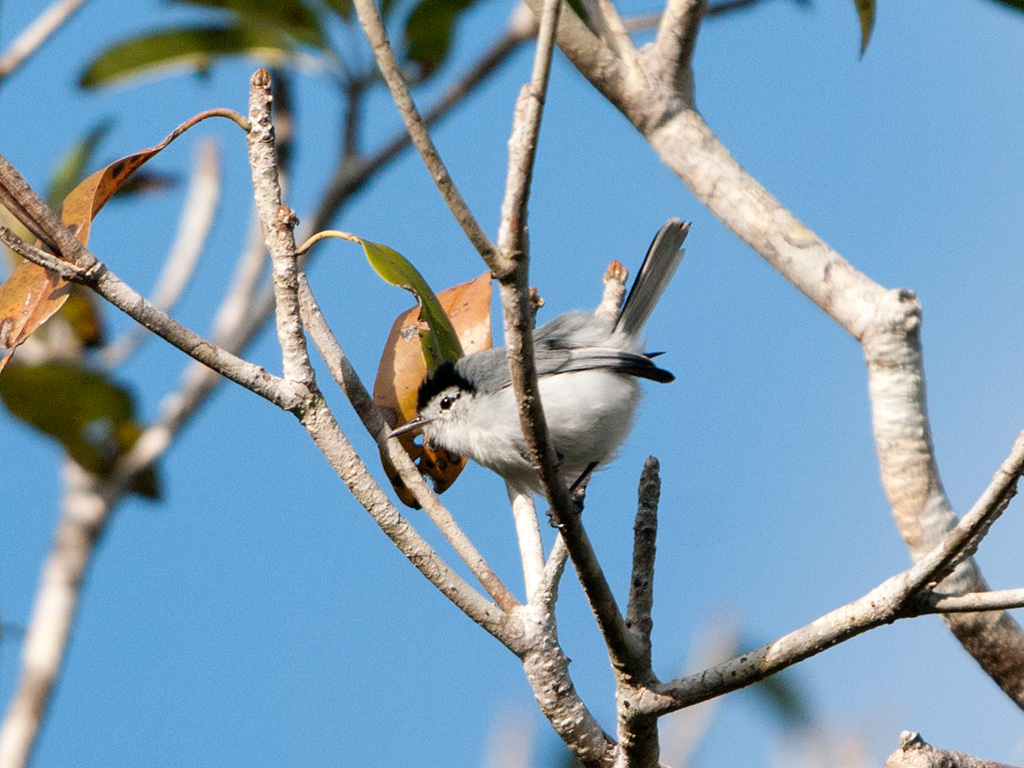
A New Genus for the Elegant Euphonia
Elegant Euphonia (Euphonia elegantissima) changes to (Chlorophonia elegantissima)
Non-green Chlorophonias! The blue-hooded and yellow-rumped species of euphonia have been move into the genus Chlorophonia. The females of this species are mostly olive-green, but the males are not.
Elegant Euphonia (Chlorophonia elegantissima) ©TomBenson76. Creative Commons
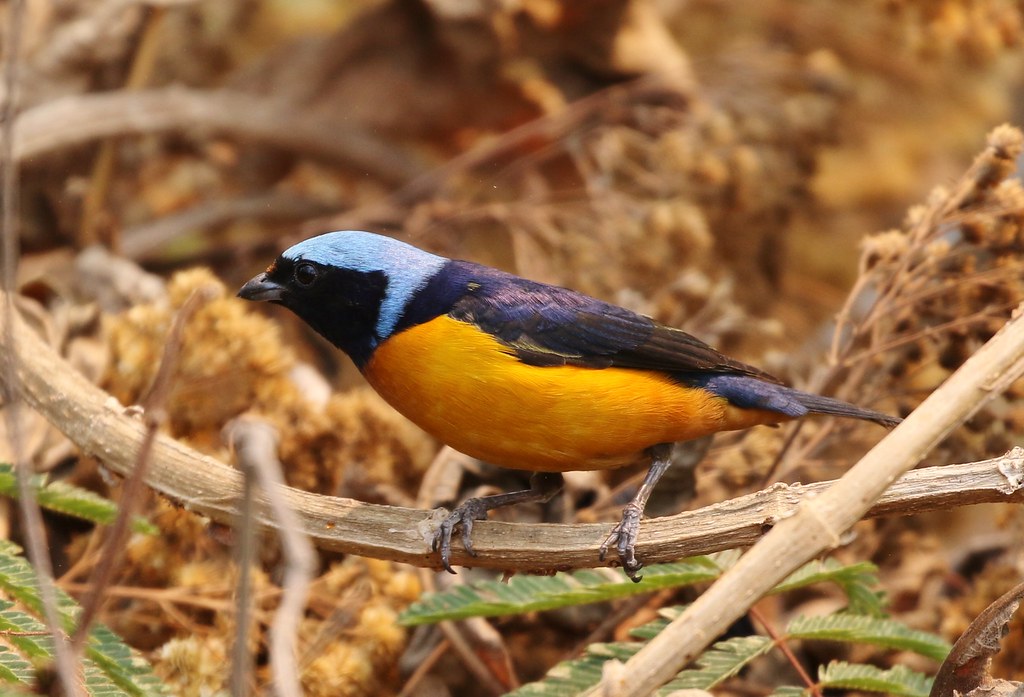
The sequence of families in the order Passeriformes have been reordered
Pipridae – Manakins
Cotingidae – Cotingas
Tityridae – Tityras, Becards and allies
Oxyruncidae – Royal Flycatchers and allies
Tyrannidae – Tyrant Flycatchers
Thamnophilidae – Typical Antbirds
Grallariidae – Antpittas
Formicariidae – Antthrushes
Furnariidae – Ovenbirds & Woodcreepers
Vireonidae – Vireos
Corvidae – Crows, Jays and Magpies
Hirundinidae – Swallows
Bombycillidae – Wagwings
Polioptilidae – Gnatcatchers
Troglodytidae – Wrens
Mimidae – Mockingbirds & Thrashers
Turdidae – Thrushes
Passeridae – Old World Sparrows
Fringillidae – Euphonias
Passerellidae – New World Sparrows
Icteriidae – Yellow-breasted Chat
Icteridae – Troupials & allies (New World Blackbirds)
Parulidae – New World Warblers
Cardinalidae – Cardinals & allies
Thraupidae – Tanagers, Seedeaters & allies
